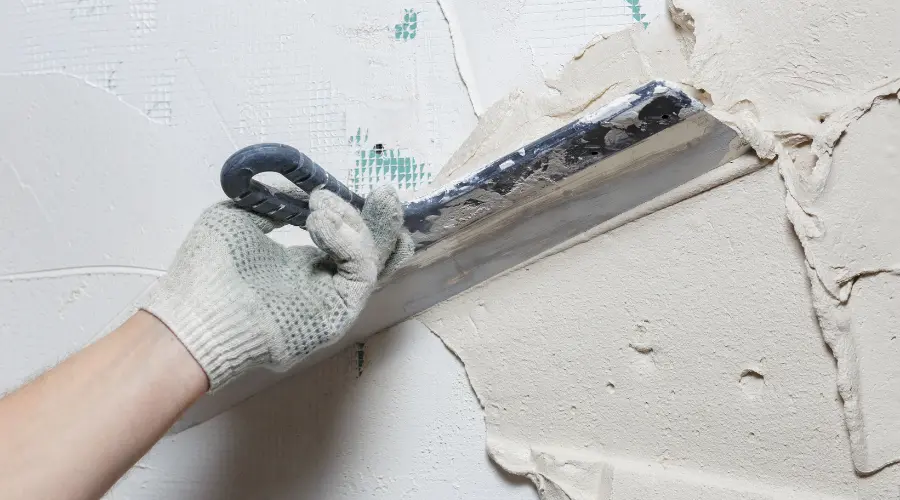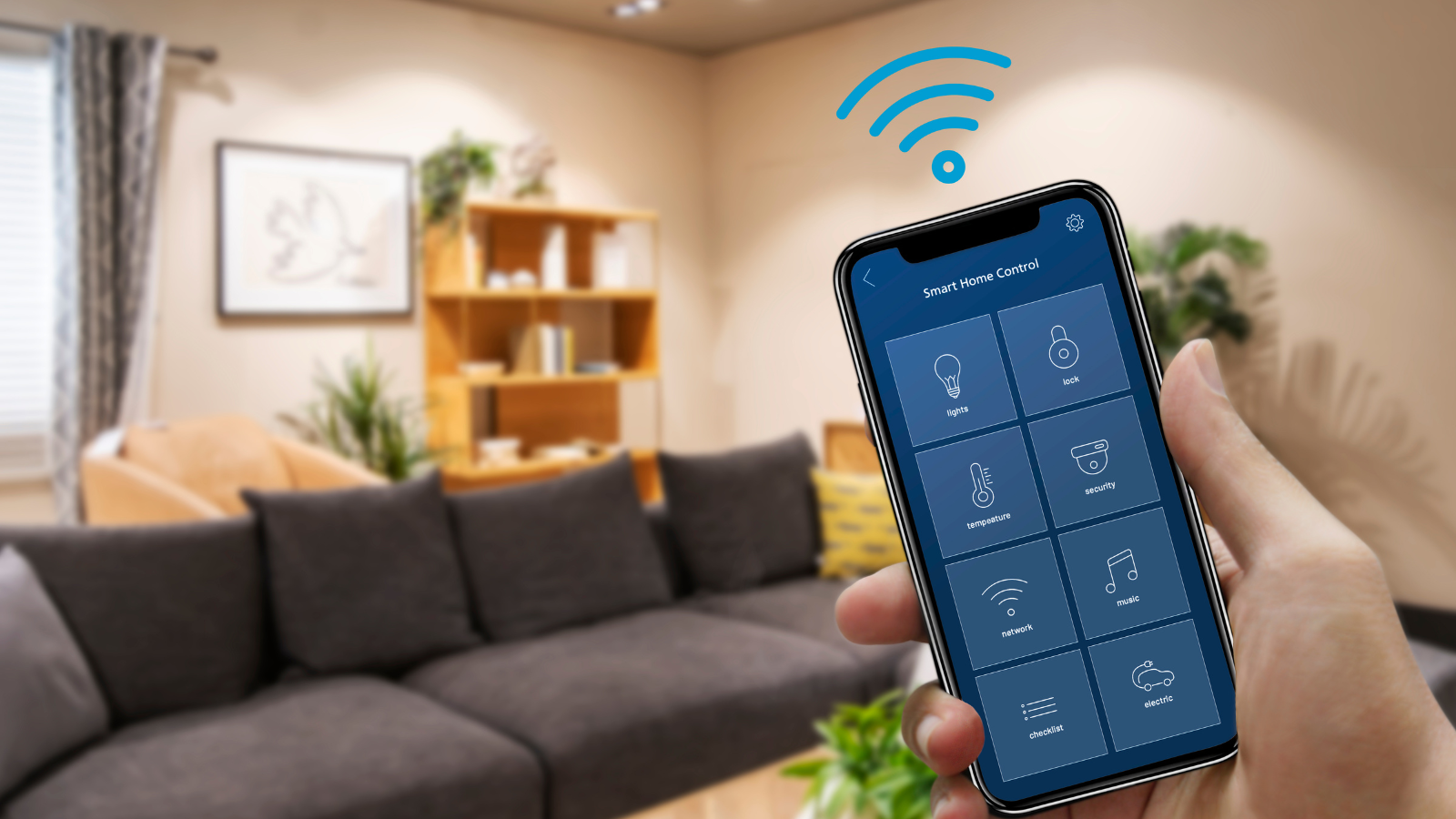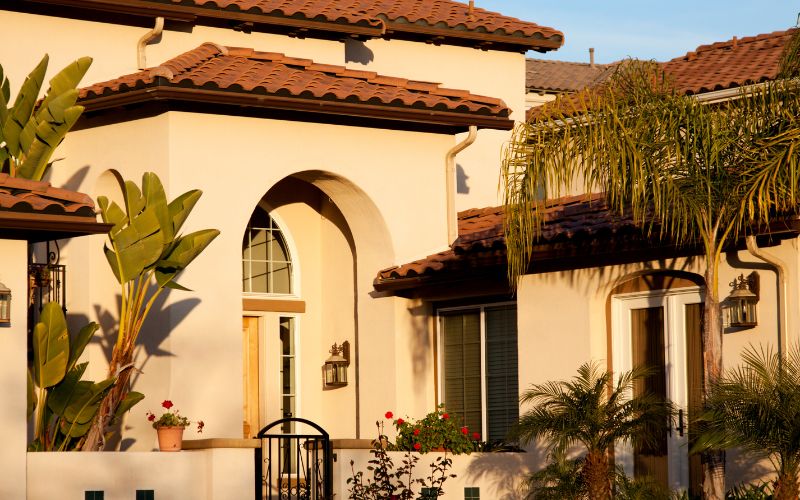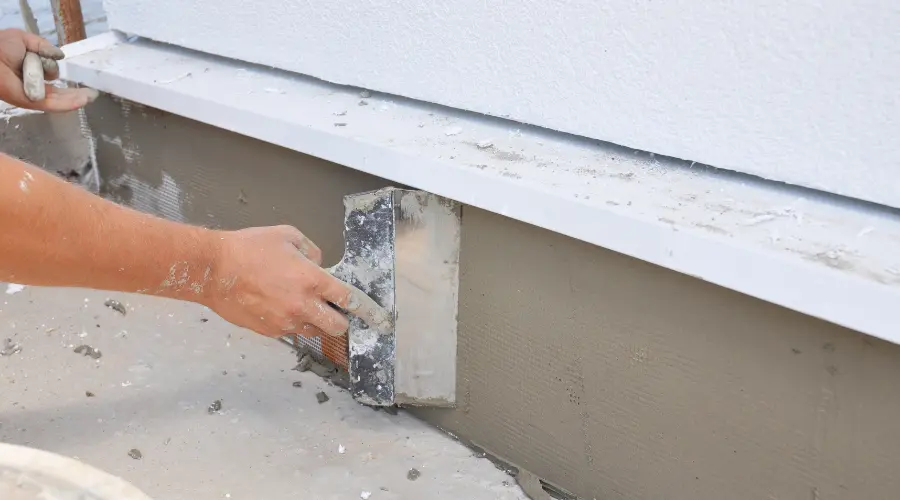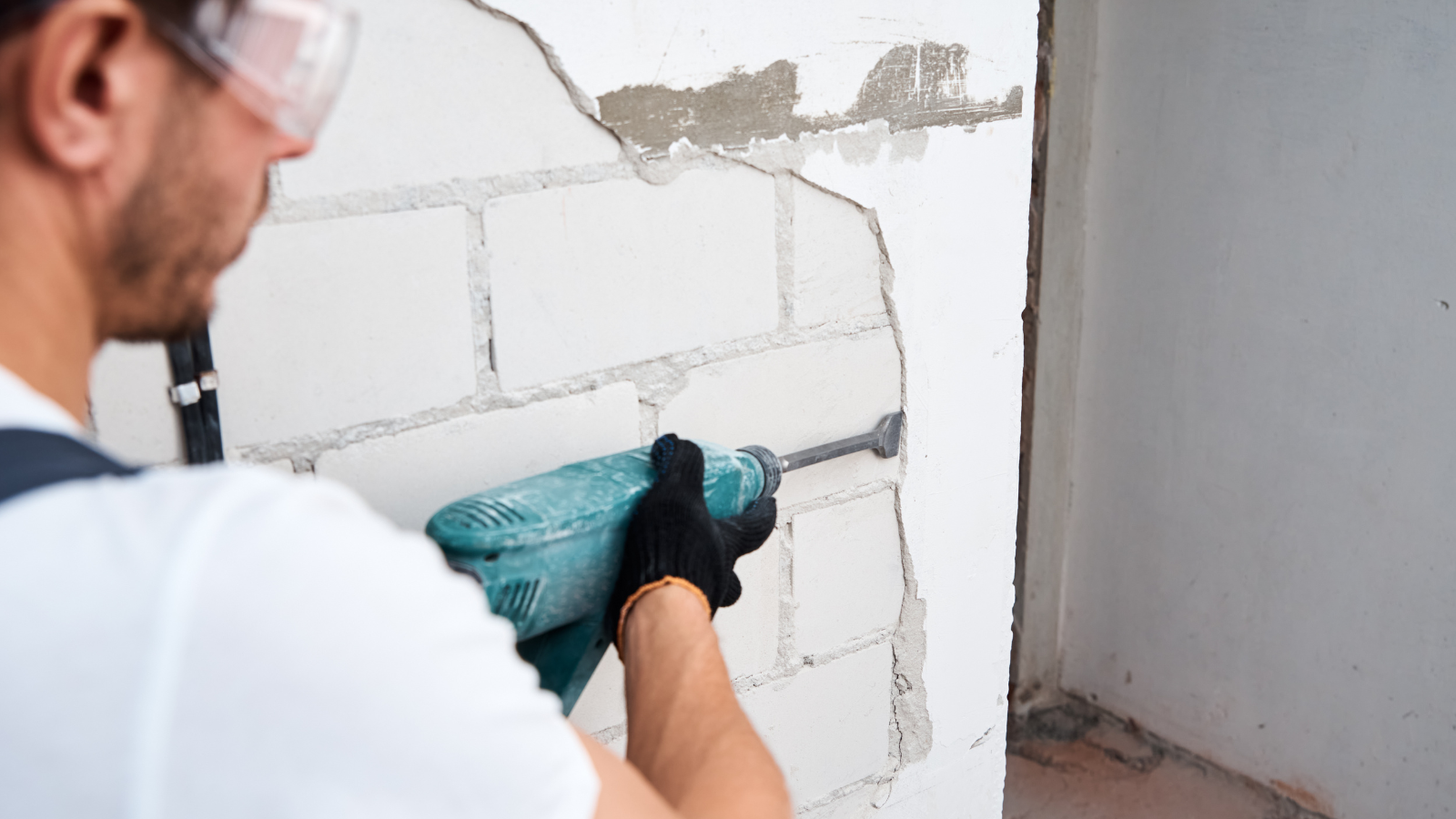Maintaining your home’s exterior finish is crucial for both aesthetics and structural integrity. Regular upkeep enhances curb appeal and extends the lifespan of your siding. This guide provides detailed insights into painting, recoating, refinishing, and essential maintenance practices to keep your home’s exterior in top condition.
Key Takeaways:
- Regular Maintenance: Annual cleaning and inspection of your home’s exterior finish are essential to preserve its appearance and prevent damage.
- Repainting and Recoating: CMB Edison Stucco acrylic finishes can be rejuvenated with DPR or Elastomeric Coatings, but recoating may alter the original texture and sheen.
- Proper Application Techniques: Follow recommended methods for cleaning, surface preparation, and coating application to ensure optimal results and longevity.
- Sealant and Flashing Checks: Regularly inspect and maintain sealants and flashing around windows, doors, and other penetrations to prevent moisture intrusion.
Painting and Recoating:
Over time, even high-quality finishes like those from CMB Edison Stucco may require refreshing. Recoating with CMB Edison Stucco DPR Coating or Elastomeric Coating is an effective way to restore vibrancy. However, consider the following:
- Texture and Sheen Changes: Recoating can alter the original texture and gloss. For instance, applying a new coat over a sand or sand fine finish may reduce surface granularity due to the coating’s aggregate size.
- Color Matching: Aged finishes might have slight color variations from the original. For accurate color matching, it’s advisable to use a physical sample.
Application Guidelines:
Proper application is key to achieving a durable and visually appealing finish. Follow these steps:
- Surface Preparation: Ensure the existing finish is clean and dry. Remove dirt, mildew, and any loose material.
- Application Methods: CMB Edison Stucco Coatings can be applied using a brush, roller, or spray equipment. For detailed instructions, refer to the specific product data sheet.
- Coating Techniques:
- Single Coat: Use vertical strokes with a roller, overlapping each pass by half the roller’s width.
- Two Coats: Apply the first coat horizontally and allow it to dry completely. Then, apply the second coat vertically, ensuring thorough coverage.
Refinishing and Resurfacing:
When the finish requires precise color matching or has sustained damage, refinishing or resurfacing may be necessary:
- Color Matching: Submit a physical sample to the CMB Edison Stucco Color Department for evaluation. Note that the new finish might differ slightly from the original due to aging or differences in application techniques.
- Surface Repair: For extensive repairs, resurfacing an entire panel or section up to an existing break can provide a more uniform appearance than patching small areas.
Application Process:
- Surface Cleaning: Thoroughly clean the area to remove contaminants.
- Base Coat Application: On a clean, dry surface, apply a https://edisonstucco.com/ of CMB Edison Stucco base coat using a stainless steel trowel to fill voids from the original texture.
- Reinforcement (If Needed): For added impact resistance or when repairing larger areas, embed reinforcing mesh into the wet base coat as per CMB Edison Stucco EIFS Application Guide instructions.
- Priming: If the original finish was primed, apply CMB Edison Stucco Primer to enhance color consistency and ease of application for the new finish.
- Finish Application: Apply the chosen finish according to the product data sheet, ensuring the desired texture and appearance.
Sealants and Flashing Maintenance:
Preventing moisture intrusion is vital for maintaining the integrity of your home’s exterior. Regularly inspect the following areas:
- Window and Door Edges: Check for gaps or deteriorated sealant.
- Expansion Joints: Ensure joints are intact and flexible.
- Material Transitions: Examine where different materials meet for potential vulnerabilities.
- Penetrations: Inspect areas around fixtures, outlets, and other wall penetrations.
- Wall Terminations: Look at the top and bottom edges of walls for signs of wear.
- Roofline Intersections: Assess where walls meet the roof for proper flashing and sealant condition.
If water infiltration is detected, address it promptly to prevent further damage. This may involve removing and replacing compromised sealant joints.
Frequently Asked Questions (FAQ):
Q1: How often should I clean and inspect my home’s exterior finish?
A1: You should clean and inspect your exterior finish annually. Regular maintenance helps prevent mold, mildew, and structural damage.
Q2: Can I change the color of my existing Edison Stucco finish?
A2: Yes, recoating allows for color changes. However, it’s advisable to test a small area first or consult a professional due to potential texture and sheen alterations.
Q3: What should I do if I notice cracks or damage in the finish?
A3: Promptly address any damage by cleaning the area and applying a CMB Edison Stucco base coat. For extensive issues, consider embedding reinforcing mesh and resurfacing the affected section.
Q4: How can I prevent moisture from entering behind the cladding?
A4: Regularly inspect and maintain sealants and flashing around all openings and joints. Ensure that these components are intact and functioning correctly to prevent water intrusion.
Q5: Is it necessary to prime before applying a new finish?
A5: If the original work was primed, applying CMB Edison Stucco Primer before the new finish can enhance color consistency and application ease.
By adhering to these maintenance and application guidelines, you can preserve the beauty and durability of your home’s exterior.


